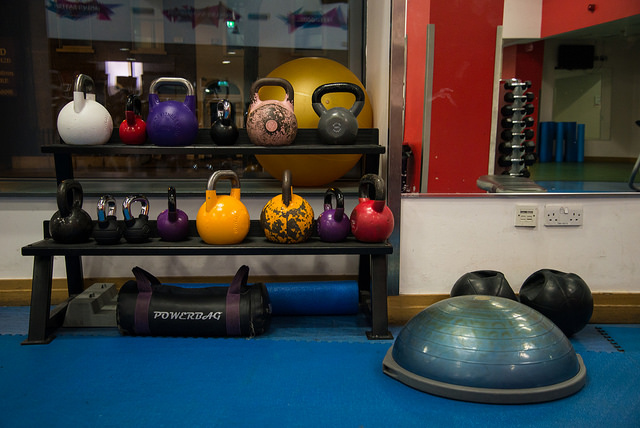Everybody has different body compositions so each person needs their own unique exercise routine to suit their body. For example, someone might need to do more exercises for strengthening leg and hip muscles than exercises for their core. Or, they want to focus on improving their endurance rather than building muscle – each person is different. But one part of exercising that has left people confused is the “core.” The term “core training” is one that has gained widespread attention in recent years. It is used to describe many things, which can lead to confusion. So what exactly is core training?
Some people attribute the origins of core training to pilates, a training system designed by Joseph Pilates in the early 20th century. It is likely, however, that core training existed long before that, only without a title or definition.
Muscle
Despite what many people believe, the core is not a specific muscle. There is no core muscle on the anatomical drawing of the human body. Rather, the core is an adopted term to describe the midsection of the body – the bridge between our lower and upper limbs.
In the traditional sense, when individuals use the term core training, they are describing exercises or routines that specifically target the muscles surrounding your pelvis, hips, stomach, ribs and lower back glutes, abdominals, obliques and erector spinae to name but a few. Why are these muscles so important? There are many reasons.
“You are only as strong as your weakest link.” Imagine if you have legs strong enough to lift a box from the ground, and arms strong enough to lift it over your head, but a weak core area. What is most likely to happen is that your body’s alignment will crumble and adopt poor posture at either the point of lifting the weight, when the weight is transferred to the upper body or when the weight itself is over the head. This issue is especially prominent in bodybuilders who don’t have much knowledge in the sport. If you don’t train properly as a bodybuilder then it can lead to all types of issues. By training properly and taking the best supplements like ligandrol (learn about ligandrol here), you will be able to avoid problems from occurring.
Injury
What can often occur is the pressure of the external weight or force is placed on an aspect of your core area (usually front or back), and if the pressure exceeds the strength of the muscles in that area, the stress will be placed on joints, ligaments, tendons, and bone.
With insufficient muscle strength to protect them, this is where injury, often serious, can occur. Luckily, there are lots of treatments for muscle injuries, for example, a Kunto Fitness Elbow Sleeve might help with an elbow injury. It’s always beneficial to contact a doctor if you’re unsure which treatment to choose though.
Another vitally important benefit to having a strong core is balance. This is crucial to the human body from the moment we take our first steps to the time we take our last. Many of us take walking, running, carrying things in our hands or on our backs, changing direction, leaning, twisting, and even standing for granted. But none of these activities would be possible without the previously listed muscles that comprise our core.
When you carry something heavy in one hand, it is the muscles of the opposite hip, the obliques, that switch on to help straighten the spine and ensure usual walking posture. When we walk or stand on a slippery or unstable surface, our core muscles tighten to ensure our centre of gravity and prevent falling.
Now think of the implications of this in the examples of a baby learning to walk, an athlete dodging opponents or an elderly person walking up the stairs.
Balance
Resisting external forces and enabling balance are just two of the many functions of the core, with its other functions delving deeper into areas such as organ control, posture maintenance and breathing capabilities.
So everyone will benefit from regularly training the core area. If nothing else, it will help you withstand the challenges of daily movements and athletic requirements.
Improved understanding of how the core muscles function has led to a decrease in exercises such as sit-ups and crunches that to the vast majority of people just don’t apply to the movements of their daily lives, activities and sports.
To truly test and train the muscles of the core, an exercise regime must include both static and dynamic movements that safely build and strengthen the appropriate muscles to overcompensate for the individual’s specific daily demands. Some people doing intense weight training will try out certain supplements to really push the boundaries of what’s physically possible. To learn more about this, Narco Culture has information on products like SARMs which can aid muscle growth in order to give that additional boost in workouts.
Talk to one of the fitness instructors in Trinity Sport today to find out how you can introduce core training into your routine or take what core training you’re already doing to the next level.
David Lynch is a fitness instructor for Trinity Sport.







